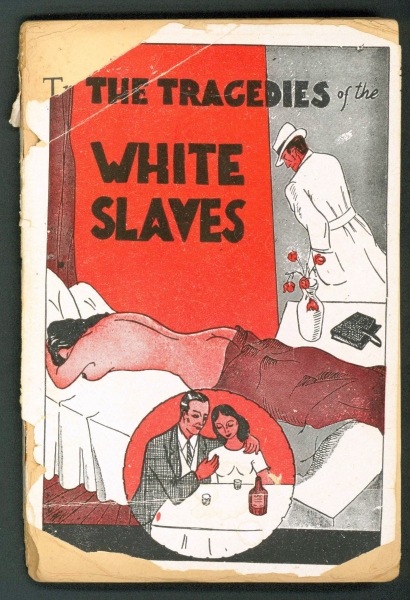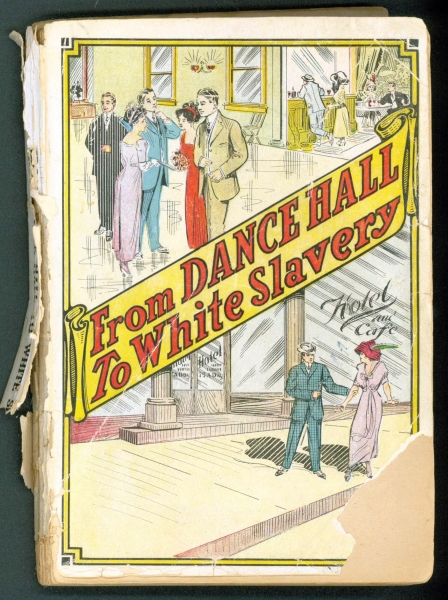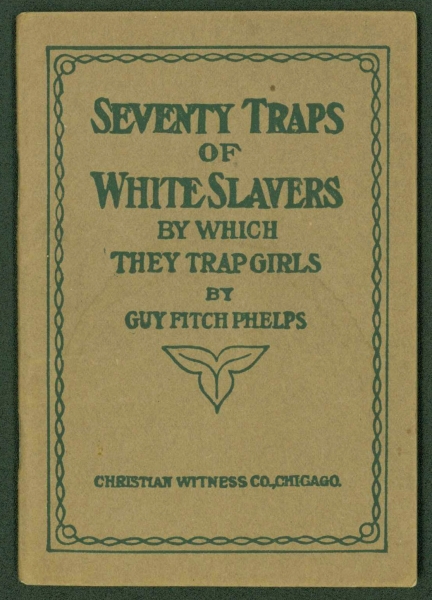White Slavery: Chicago Style
“First in violence, deepest in dirt, lawless, unlovely, ill-smelling, irreverent, new; an overgrown gawk of a village, the ‘tough’ among cities, a spectacle for the nation,” so wrote the Progressive-era journalist Lincoln Steffens in the early twentieth century. He should also have remarked that Chicago was a leader in vice, especially in “white slavery,” or enforced prostitution. One of Chicago’s most infamous “red-light” districts was in the “Levee” in the First Ward run by Alderman Michael “Hinky Dink” Kenna. From 18th to 22nd Streets near the wharves on Lake Michigan, you could find countless brothels, saloons, rough dives, dance halls, and other similar places of entertainment. The issue of white slavery was the object of many Chicago reformers. U.S. Attorney Edward Sims remarked in 1908 that “There is enough to indicate that no other city in America holds and harbors the evil of white slavery as Chicago.” For example, in a two month period in 1907, law enforcement or reformers rescued 278 girls under the age of fifteen from Levee brothels.



The Sealy Library recently acquired a number of books about Chicago vice, and published in Chicago, with titles such as The Tragedies of the White Slaves (the only recorded copy), From Dance Hall to White Slavery, and the small pamphlet, one of two known copies, Seventy Traps of White Slavers By Which They Trap Girls. The latter offers such tips as “Don’t take music lessons behind locked doors.” “Most all dancing schools are run by white slavers. This is a favorite trap by which they find victims. Beware!” “Never trust the old lady who comes to you.” We could go on, but the Levee fell to the reformers, the passage of the Mann Act in 1910 and the automobile, which allowed vice to move to outlying areas accessible by this new form of transportation.
Today, the “Levee” is a gentrified area surrounding the University of Illinois in Chicago. We are pleased, however, to have acquired such rare evidence of this crime, which adds once again to our outstanding reputation as a research library.
Larry Sullivan